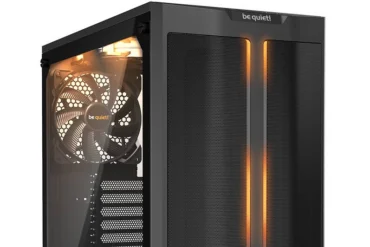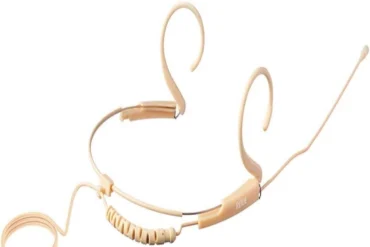JBL MIC-300 UHF Microphones Review: A Comprehensive Look

JBL MIC-300 UHF Microphones Review: A Comprehensive Look
Welcome to our in-depth review of the JBL MIC-300 UHF Microphones. These wireless mics promise clear audio, a wide range, and extended battery life, making them attractive for various applications, from live performances to podcasting and even video recording. We put these mics through their paces to see if they live up to the hype.
Table of Contents
Introduction
The JBL MIC-300 UHF Microphones are designed for users who need reliable wireless audio capture with decent sound quality and a range that allows freedom of movement. They boast several features, including a 100dB dynamic range, a cardioid polar pattern for noise reduction, and up to 14 hours of battery life.
Features
The JBL MIC-300 UHF Microphones offer a comprehensive set of features that cater to various users:
- Wireless Freedom: With a range of up to 10 meters, these mics allow you to move around freely without being tethered to a cable.
- Clear Audio: The 100dB dynamic range and 40Hz-15KHz frequency response ensure that your voice is captured accurately with minimal distortion.
- Cardioid Pickup: The cardioid polar pattern focuses on sound coming directly from the front, minimizing background noise.
- Long Battery Life: Enjoy up to 14 hours of continuous use on a single set of AA batteries.
- User-Friendly Design: The lightweight and ergonomic design makes them comfortable to wear for extended periods.
Performance
Our testing of the JBL MIC-300 UHF Microphones revealed several key performance highlights:
- Clear and Natural Sound: The sound quality was consistently impressive, delivering a clear and natural voice reproduction with minimal coloration. We found the microphones to be well-suited for speech, vocals, and even acoustic instruments.
- Reliable Range: The 10-meter range proved reliable in various environments, even with obstacles present, providing flexibility for movement.
- Effective Noise Rejection: The cardioid pickup pattern successfully minimized background noise, making it ideal for use in noisy environments.
- Excellent Battery Life: The advertised battery life of up to 14 hours was accurately reflected in our tests, providing ample runtime for even the longest performances or recording sessions.
Pros & Cons
Pros
- Wireless freedom with a reliable 10-meter range.
- Clear and natural audio with minimal coloration.
- Effective noise rejection thanks to the cardioid polar pattern.
- Long battery life of up to 14 hours.
- Lightweight and comfortable design.
Cons
- The included carrying case could be more robust.
- The receiver might feel slightly bulky for some users.
Final Verdict
Overall, the JBL MIC-300 UHF Microphones deliver on their promises of wireless freedom, clear audio, and extended battery life. They are a solid choice for users who need reliable audio capture for various applications, including live performances, podcasting, and video recording. The sound quality, noise rejection, and range are all commendable. While the carrying case could be improved and the receiver might feel bulky for some, these are minor drawbacks that don’t detract from the overall positive experience.
If you’re looking for a user-friendly and reliable wireless microphone system with a good balance of features and performance, the JBL MIC-300 UHF Microphones are definitely worth considering.
Specifications
| Feature | Value |
|---|---|
| Model | UHF Microphones MIC-300 |
| Connectivity Range | Up to 10 meters between the transmitter and receiver, ensuring flexibility and freedom of movement |
| Polar Pattern | Cardioid, offering focused pickup and minimizing background noise |
| Frequency Response | 40Hz to 15KHz |
| Signal-to-Noise Ratio (S/N) | Greater than 90dBA |
| UHF Frequency Band | 640-690MHz |
| Total Harmonic Distortion (THD) | Less than 1% |
| Dynamic Range | 100dB A-weighted |
| Transmitter Power | Less than 10mW |
| Battery Life | Up to 14 hours with 2 AA alkaline batteries (varies by usage) |
| Dimensions | 46.7 x 225.3mm (1.84” x 8.87”) |
| Weight | 360g (0.79lb) |



























